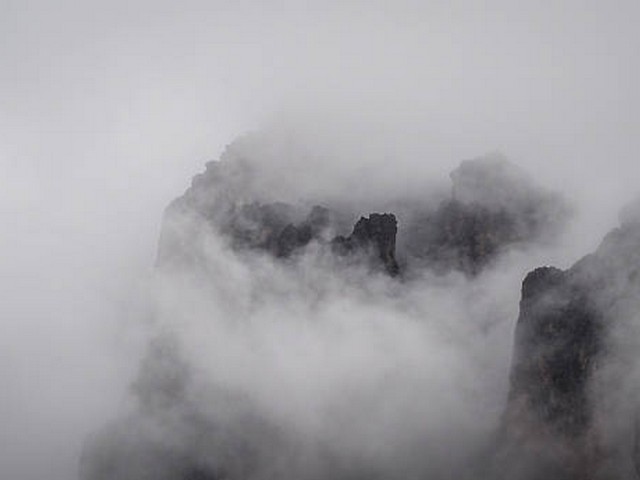Capturing the Majestic Kilimanjaro: Best Lenses For Landscape Photography
Nestled in the heart of Tanzania, the awe-inspiring Mount Kilimanjaro is not just a climbing challenge but a paradise for landscape photographers. When you’re about to immortalize the snow-capped peak and its surrounding wilderness, the choice of lens can profoundly impact the stories you tell through your images. At Kilimanjaro Centre for Trekking and Ecotourism (KCTE), we understand the pivotal role photography plays in preserving memories. This guide is crafted to help you select the best lenses for photographing the majestic landscapes of Kilimanjaro. So, let’s delve into the world of apertures and focal lengths to ensure you capture Kilimanjaro’s grandeur in all its glory.
Why the Right Lens Matters on Kilimanjaro
Mount Kilimanjaro isn’t just a mountain; it’s a mosaic of climatic zones, wildlife, and celestial skies. Each zone offers a unique visual story waiting to be captured. Selecting the right lens is crucial because it affects image composition, detail, and the emotional impact of your photo. From the sweeping savannahs at the base to the rugged peaks at the summit, different lenses can either highlight the vastness or zoom into the intricate details of this diverse landscape.
Prime Lenses for Precision and Quality
The Classic 50mm Prime Lens
For those new to landscape photography, the 50mm prime lens, often referred to as the "nifty fifty," is an excellent start. Renowned for its versatility, the 50mm lens mimics the human eye’s field of view, providing images that appear natural and engaging. Its wide aperture is ideal for capturing vibrant sunrises and star-lit skies with clarity and depth.
The Wide-Angle Wonder: 24mm Prime Lens
If your goal is to capture the enormity of Kilimanjaro’s landscapes, a 24mm prime lens is indispensable. Its wide field of view can encompass sweeping vistas, making it perfect for photographing vast terrains and starry nighttime scenes. The lens’ ability to capture extensive depth of field ensures that both the foreground and the distant horizons are sharply focused.
Zoom Lenses for Flexibility and Range
The Versatile 24-70mm Zoom Lens
A favorite among professional photographers, the 24-70mm zoom lens offers great flexibility. Whether you’re shooting the dense rainforest at Kilimanjaro’s base or the wide-open landscapes of the Shira Plateau, this lens adapts quickly. Its fast autofocus and image stabilization will help you capture sharp images even during your trek.
The Telephoto Triumph: 70-200mm Lens
For those moments when you need to focus on distant wildlife or isolate specific features of the landscape, the 70-200mm telephoto lens is your best friend. It allows you to capture the details that are not visible to the naked eye, such as the texture of the ice on Kilimanjaro’s summit glaciers from a safe distance.
Specialty Lenses for Unique Perspectives
The Artistic Fisheye Lens
For a creative and dramatic effect, the fisheye lens offers an unconventional 180-degree view, creating a spherical effect that can make your photos stand out. It’s perfect for capturing the vastness of the sky and the curvature of the earth, adding a surreal element to your Kilimanjaro photography collection.
Macro Lenses for Nature’s Details
Macro lenses are not typically associated with landscape photography, but they are fantastic for capturing the minute details of Kilimanjaro’s flora and geological textures. These lenses can magnify small subjects, allowing photographers to showcase the intricate patterns of nature that are easily overlooked.
FAQ: Gear Up for Kilimanjaro
Q1: What camera settings are recommended for Kilimanjaro landscape photography?
A1: Use a small aperture (high f-stop number) to maintain sharpness across the entire landscape. Experiment with ISO settings based on lighting conditions, and always shoot in RAW for high-quality edits.
Q2: How do I protect my camera gear from Kilimanjaro’s harsh conditions?
A2: Protect your camera from dust and moisture using protective bags and silica gel packs. Always carry extra batteries, as cold temperatures can drain battery life quickly.
Q3: Are tripods allowed during Kilimanjaro treks?
A3: Yes, tripods are allowed and highly recommended, especially for low-light conditions like sunrises or sunsets at the summit.
Capturing Kilimanjaro with KCTE
At Kilimanjaro Centre for Trekking and Ecotourism (KCTE), we don’t just guide you to the summit; we ensure you capture the soul of Kilimanjaro through your lens. Our expert guides are familiar not only with the terrain but also with the best spots and times for breathtaking photography.
If you’re ready to embark on this visually stunning and spiritually uplifting journey, book your climbing experience with us today. Let KCTE help you capture the photographs of a lifetime, showcasing not only the majestic beauty of Kilimanjaro but also your prowess in landscape photography.
Join us as we ascend not only to the roof of Africa but also to new heights in your photographic journey. Choose KCTE for an unmatched Kilimanjaro adventure that is picture-perfect in every sense. Visit our website or contact us directly to start planning your trip and photographic expedition on the legendary Mount Kilimanjaro.




